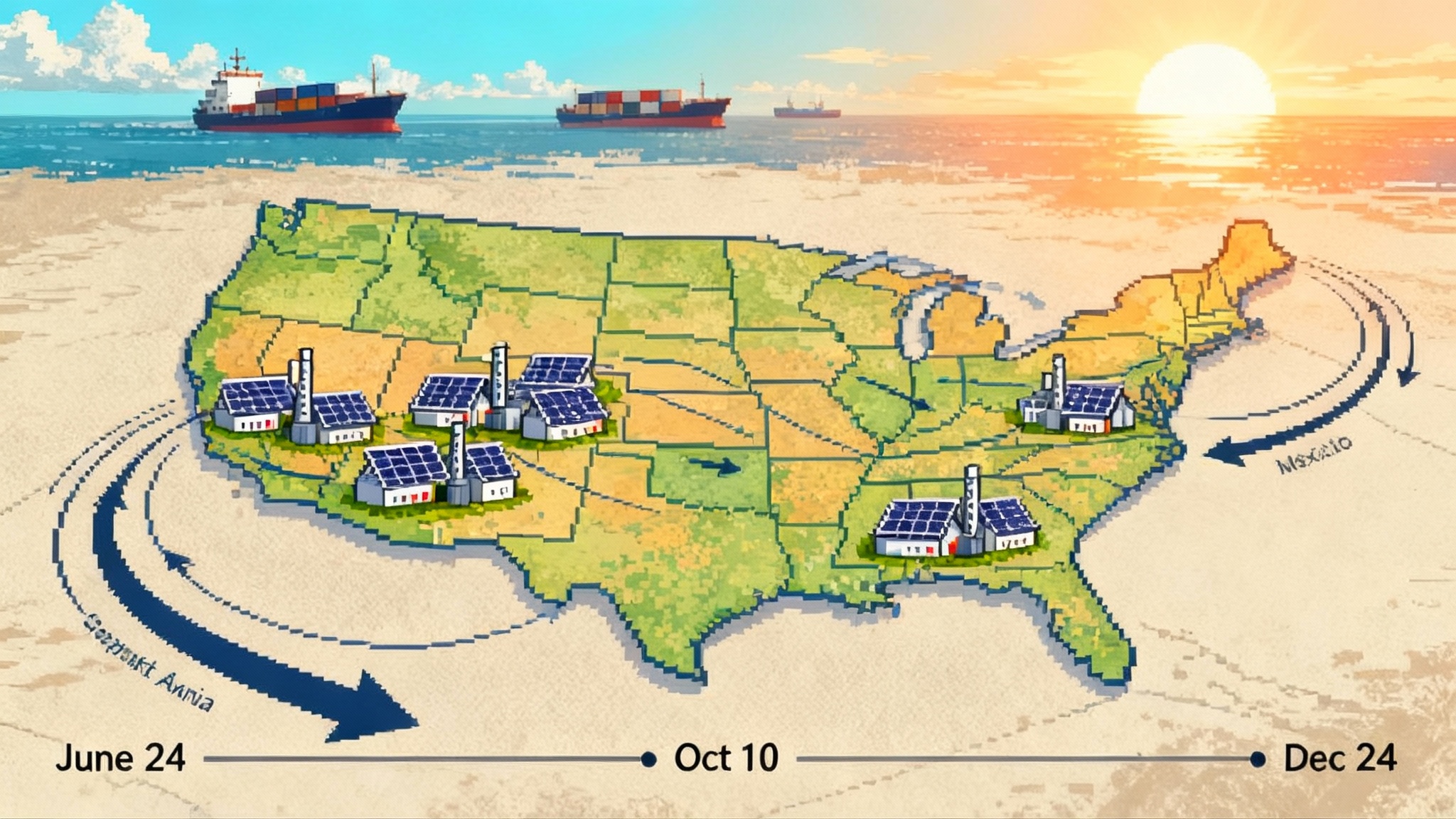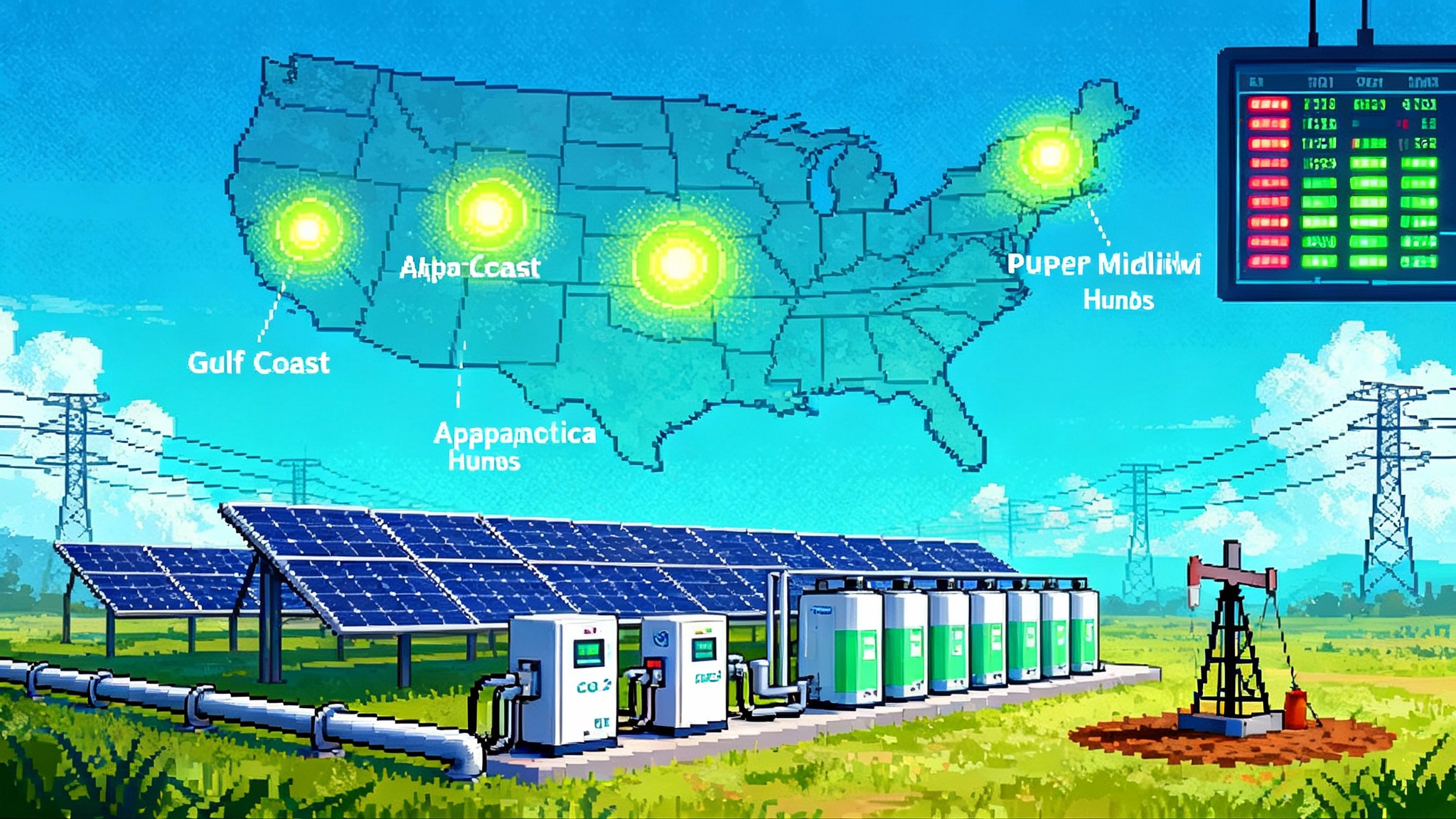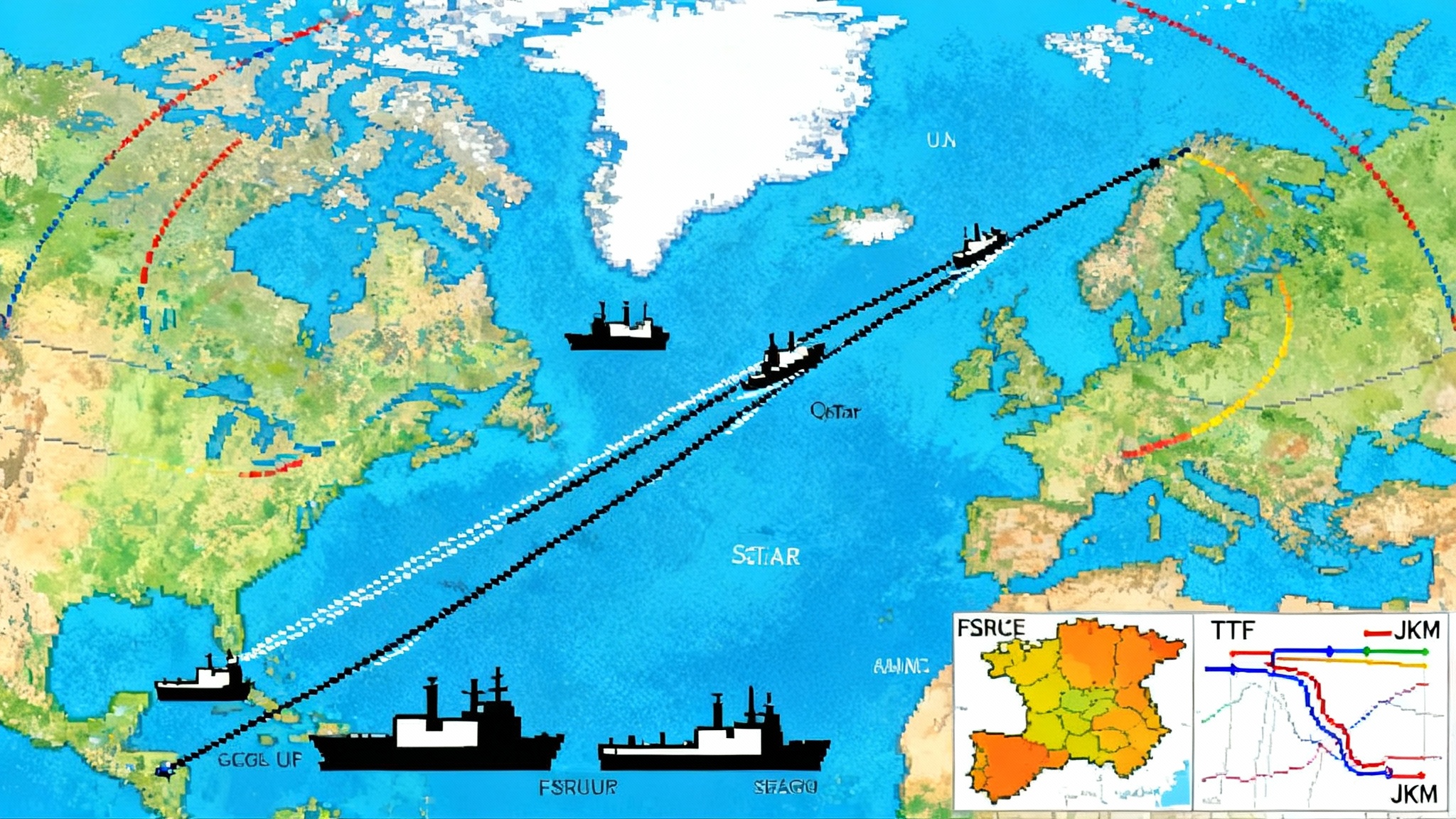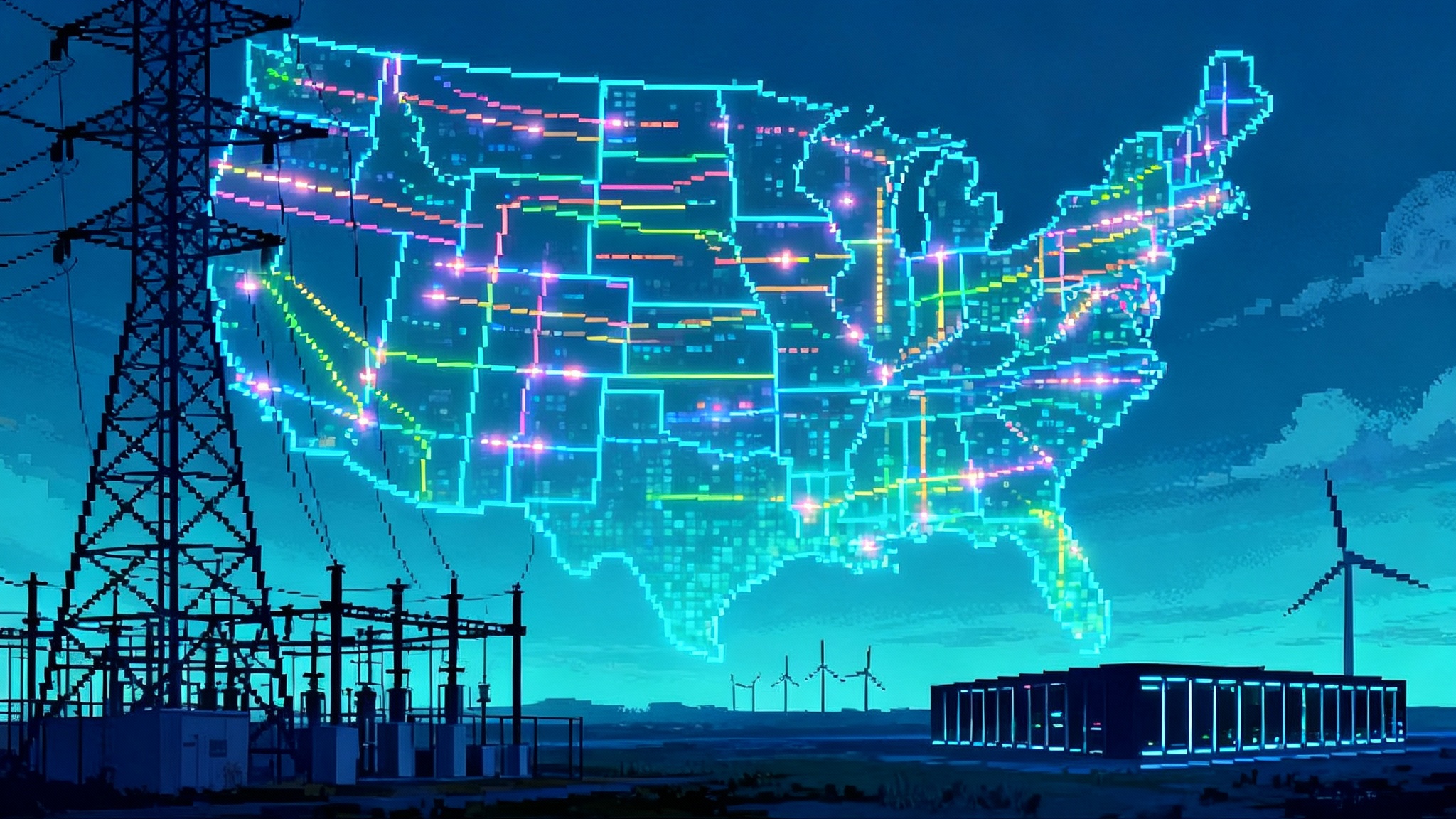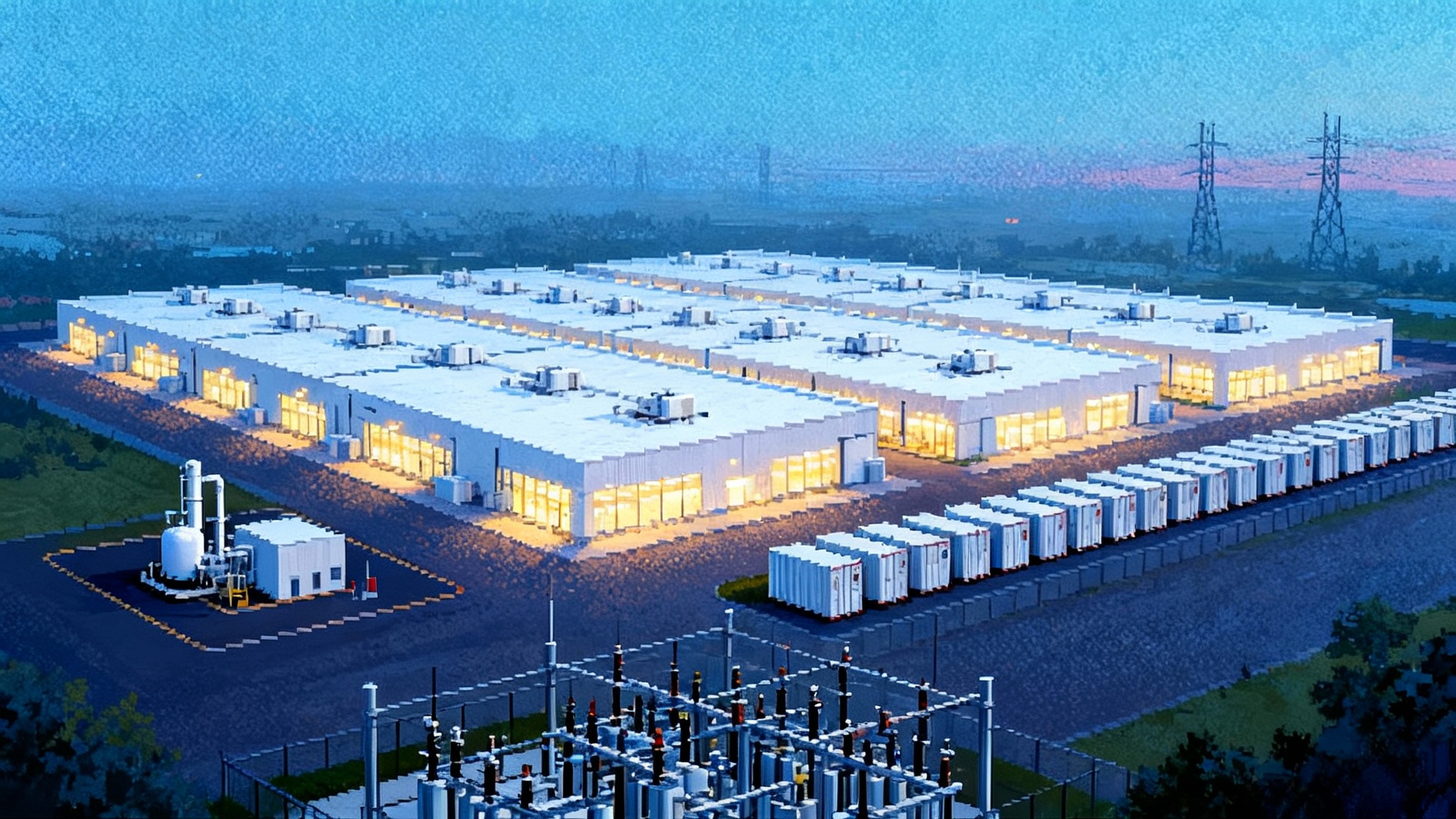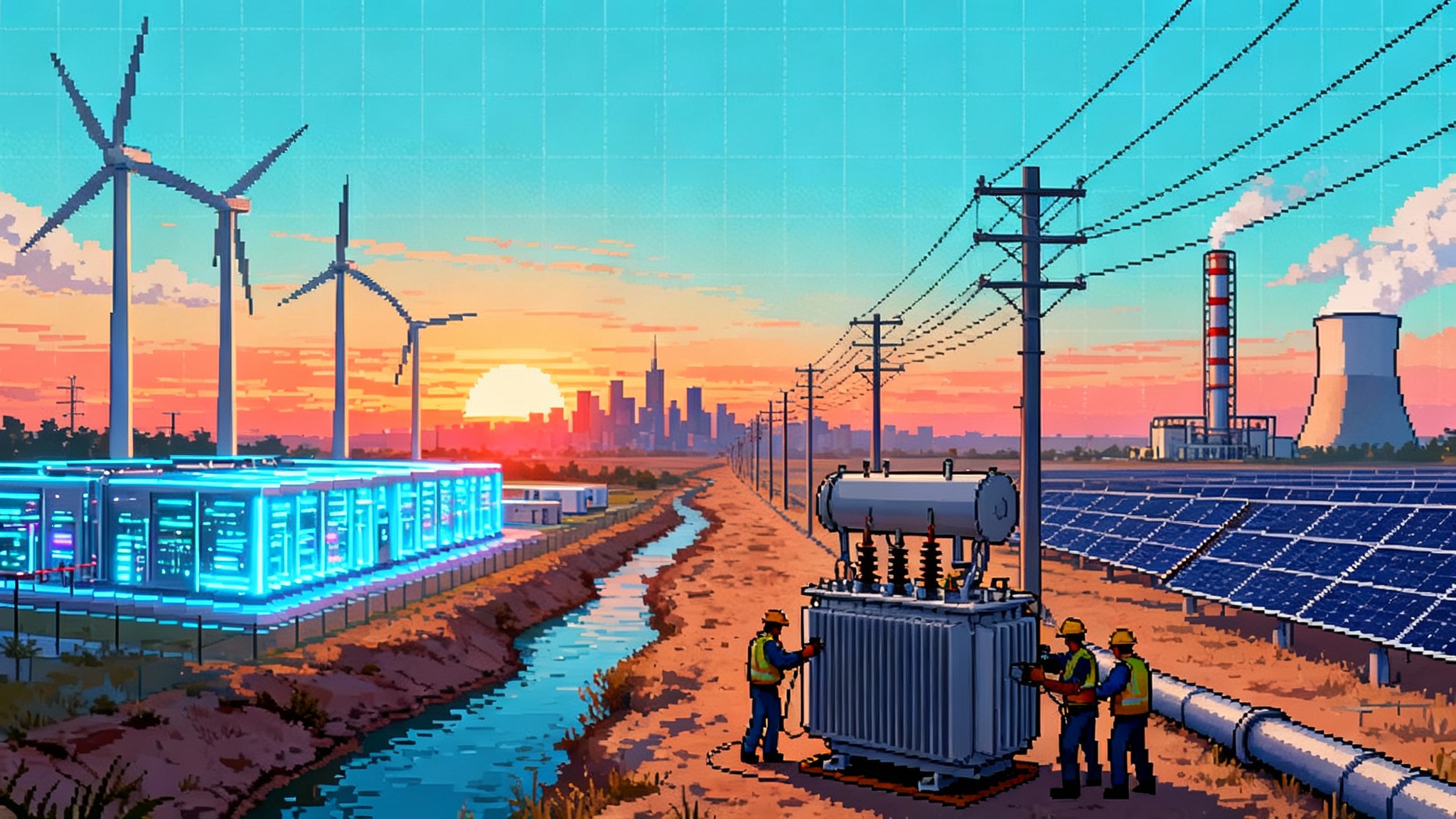Who Connects First Now: PJM, MISO and CAISO’s Fast Tracks
U.S. grid operators just opened express lanes for near‑term megawatts. We break down which PJM, MISO and CAISO projects can realistically hit 2027 to 2029 CODs, how PJM’s record capacity prices tilt technology choices, and the moves developers, LSEs and data centers should make now.
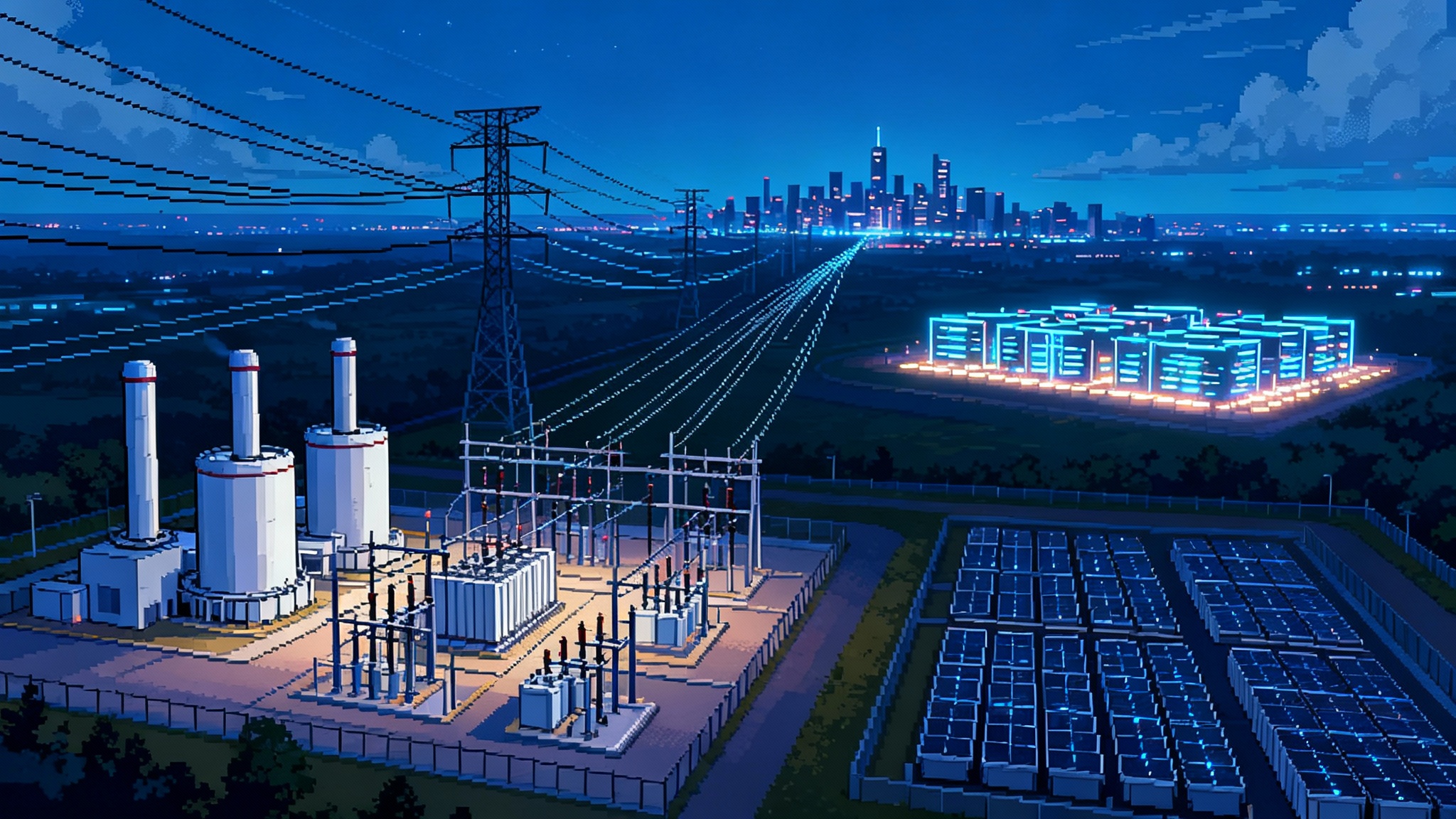
The new race to interconnect
After years of slow, serial studies and ballooning queues, 2025 is the year U.S. grid operators carved express lanes. PJM created a one‑time Reliability Resource Initiative to pull forward shovel‑ready capacity. MISO stood up a new expedited study track for projects tied to verified near‑term needs. CAISO compressed its Cluster 15 study and added intake scoring to reward maturity and deliverability. The practical question is not who filed first anymore. It is who can prove they help reliability in the next four years, as large loads rise and data centers proliferate, a trend we covered in AI’s power rush.
The signal is already visible in PJM. In early May, the operator selected 51 projects for its fast track, a package that adds more than 9 GW of unforced capacity with a mix of gas uprates, standalone batteries and a handful of nuclear additions. Most are slated to be online by 2030, with a meaningful slice targeting 2027 to 2029. See the details in PJM selects 51 projects.
What is actually moving for 2027 to 2029 CODs
PJM: RRI’s portfolio favors quick megawatts
PJM’s Reliability Resource Initiative did two things at once. It expanded who could enter Transition Cycle 2 and it built a scoring and commitment structure that favors resources that can show up quickly and count in capacity. The selected 51 projects cluster into three buckets that map to 2027 to 2029 CODs:
- Gas uprates and conversions: Uprates at existing gas combined cycle and simple cycle plants move fastest because they leverage existing interconnection rights and land. Developers can stack efficiency tweaks, turbine upgrades and small balance‑of‑plant changes to produce tens to hundreds of megawatts per site. Several can credibly target CODs in 2027 or 2028, especially where outages are already scheduled.
- Standalone batteries: New BESS sites with clean interconnection footprints and strong ELCC in local pockets can move on 24 to 36 month timelines if they clear site control, deliverability and procurement. Expect a wave of 2 to 4 hour batteries aiming for late 2027 through 2029 in zones where charging headroom and transmission headroom exist.
- Select nuclear uprates: Thermal uprates and power ascension steps at existing nuclear units are slower than simple gas uprates, but several have credible operational windows in 2028 or 2029 aligned with refueling and maintenance cycles. These projects score well on UCAP and system adequacy but require meticulous licensing and outage planning.
There are also a few greenfield gas plants and one new nuclear project in the RRI cohort. Greenfield thermal on a short fuse depends on local gas infrastructure, water and siting. Timelines into 2029 can work if interconnection upgrades are surgical and supply chains remain manageable. The theme in PJM is clear: dispatchable megawatts that count in capacity and can beat a 2030 deadline are getting the front row.
MISO: ERAS turns near‑term needs into fast‑track studies
MISO’s Expedited Resource Addition Study is narrower by design. ERAS is temporary, capped in project count and focused on projects that directly fix a verified near‑term reliability or resource adequacy gap. FERC approved the framework in July 2025, setting a cadence of up to ten projects per quarter with a total cap before the program sunsets in 2027. The first intake window was in August, with the first study tranche kicking off in September. The initial cohort spans gas, solar, wind and a battery, with in‑service targets in 2027 or 2028. Read the core rules and schedule in FERC approves MISO ERAS.
Why this matters for 2027 to 2029 CODs:
- Fastest path: Projects that can be commercially operable within three to six years and are tied to a documented load addition or resource adequacy deficiency get priority. That squarely targets 2027 to 2029 CODs.
- Tight scoping: Interconnection service is capped relative to the verified need and limited to the same Local Resource Zone. That keeps studies surgical and cuts upgrade risk.
- External validation: A retail rate authority must verify the need. That pushes sponsors to coordinate early with state regulators and LSEs, which in turn firms up COD viability.
The early mix shows why ERAS can move the needle. Gas projects fill winter adequacy gaps and firm data center loads. A handful of storage and renewables advance where deliverability exists without big new lines. The cap on projects per quarter keeps staff focused, which is the constraint that has slowed legacy queue work.
CAISO: Cluster 15 compresses studies and rewards readiness
CAISO faced a different problem. Its queue was enormous and highly speculative. The solution in Cluster 15 is a scoring and ranking process at intake, plus a compressed study timeline. The intake scoring favors projects with site control, offtake maturity, realistic CODs and alignment with zonal transmission headroom. CAISO’s nonbinding estimate put the Cluster 15 study window at about five and a half months starting June 1, 2025, with Phase I results targeted in November 2025. That is a dramatic improvement over the multi‑year lags of past clusters.
What this means for 2027 to 2029 CODs in California and the West:
- Storage with local capacity value rises: Projects that add dependable capacity in local pockets with available charging headroom can graduate fastest. Many developers are circling 2028 CODs for 4 to 6 hour systems where deliverability is attainable without major network upgrades.
- Repowering and modest uprates fit: Thermal repowers and uprates at existing sites can ride existing interconnection rights, improving odds for a 2028 or 2029 COD.
- New solar plus storage depends on deliverability: Solar paired with storage scores better than standalone solar, but deliverability gates remain real. CODs before 2029 are feasible in zones with planned transmission build and headroom, especially where procurement aligns with Texas and California’s grid.
CAISO’s scoring and commercial readiness deposits are meant to filter out weaker proposals early. The prize is a study result developers can act on in the same calendar year, creating a realistic runway into 2028 or 2029.
Why PJM’s record capacity prices tilt the table toward dispatchable MW
In the background of these queue fast‑tracks, PJM’s capacity auction prices have surged to historic highs for the 2026 to 2027 delivery year. Clearing around the price cap across much of the footprint, the auction stacked the deck toward resources that bring high UCAP at predictable hours. The fuel‑agnostic lesson is simple: reliability risk is now expensive, and capacity revenue is material again.
Implications for technology choices:
- Gas wins on speed and UCAP: Uprates at existing gas plants and new gas in load pockets now clear financing hurdles more easily. Capacity payments at current levels can cover a meaningful share of fixed costs while power prices, ancillary revenues and hedges fill the rest.
- Batteries move from option to necessity: Standalone batteries score well on ELCC in the right nodes, and capacity prices shorten paybacks. Four‑hour BESS in constraint‑relief zones looks stronger than ever, especially with a capacity hedge plus energy and ancillary stacking.
- Nuclear uprates have a clearer path: Even modest uprates at existing nuclear units have outsized capacity value. With long lifetimes and high reliability, these projects can justify upgrade capex when capacity and zero‑marginal‑cost energy revenues both support the case.
For policy context on planning shifts that affect these choices, see our take on FERC 1920-A grid planning.
Can AI keep the speed without reliability or cost setbacks
PJM’s partnership with Google and Tapestry aims to automate the drudge work that slows planners and to help screen and scope upgrades earlier in the process. The promise is faster topology building, automated validation of data packages and analytics that point to least‑cost upgrade paths. If that translates into fewer re‑studies and tighter cost ranges, the entire cycle compresses.
There are real risks to manage:
- Transparency: Developers and regulators will need clear documentation of model assumptions, training data lineage and versioning so that study results are reproducible and auditable.
- Guardrails for bias and blind spots: If an AI tool learns from historical approvals that favored certain technologies or locations, it can embed that bias. Independent model validation, challenge studies and periodic back‑testing against actual build outcomes should be built in.
- Cost accuracy: The benefit of speed evaporates if upgrades are consistently under‑scoped. A feedback loop that compares estimated to realized upgrade costs, and that adjusts the screening tools accordingly, should be a core metric.
- Cyber and change management: New software in critical planning pathways must meet strict security and change‑control standards. Rollouts should be phased, with human‑in‑the‑loop checkpoints.
If PJM executes on those guardrails, AI help can be an enduring accelerant rather than a one‑off sprint. The payoff is not just shorter queues. It is a grid that can run rolling what‑if scenarios as load and generation shift, so the interconnection process stays in step with demand shocks like data centers, a dynamic we also tracked in AI’s power rush.
What each player should do next
Developers
-
PJM
- Target uprates and BESS first. If you have gas uprates with parts on order or battery projects with site control and clear charging headroom, you can credibly aim for 2027 to 2029 CODs.
- Align COD with auction windows. Plan CODs to participate in capacity auctions early and often. The revenue hedge is too large to ignore.
- Over‑prepare for data validation. Expect more automated checks. Invest in clean, machine‑readable one‑lines, impedance data and commissioning plans that can survive automated QA.
-
MISO
- Build the need case. ERAS requires a verified near‑term need from a relevant authority. Partner with LSEs and state agencies to document the deficiency and right‑size your interconnection service to that need.
- Engineer for surgical upgrades. Designs that avoid large network reinforcements have a better ERAS fit and shorter study paths.
- Stage equipment procurement. With quarterly slots and caps, being commissioning‑ready when you clear studies will separate winners from also‑rans for 2027 or 2028 CODs.
-
CAISO
- Score high at intake. Strengthen site control, permits, offtake visibility and deliverability mapping before you file. That is how you earn a study slot and keep it.
- Treat deliverability as a product. Engage early on Transmission Plan Deliverability. Batteries in local capacity areas with available charging capacity will advance faster.
- Plan for Phase I to action quickly. With Phase I results targeted within months, have EPC and procurement pathways ready so you can hold 2028 or 2029 CODs.
Utilities and LSEs
- Use capacity prices as a signal, not a crutch. High PJM prices justify near‑term firm capacity buys, but layer in storage that reduces peak risk and hedges volatility.
- In MISO, lean in on ERAS verification. If you serve new data centers or large loads, document the locational need so sponsors can qualify. This is how you avoid two summers of tight margins.
- In CAISO, align procurement with scoring. If you run RFOs, publish criteria early so developers can reflect them in intake scoring packages and commercial readiness deposits.
Large buyers and data center operators
- Site with interconnection outcomes in mind. PJM zones with near‑term headroom and strong capacity signals will beat pure energy price shopping. In MISO, Local Resource Zone alignment matters more than ever.
- Contract for capacity value. Structure offtakes that pay for availability at the risk hours, not just energy. It will shape which projects rise in the fast tracks.
- Consider portfolio flexibility. Blend firm capacity from uprates with storage and medium‑term PPAs. You want a mix that clears interconnection faster and meets hourly carbon goals.
Near‑term milestones to track
- September 2025 through 2027: MISO runs quarterly ERAS studies, up to ten projects per quarter, with a total cap before the program sunsets in 2027. Early CODs in 2027 or 2028 are realistic for the first cohorts.
- November 2025: CAISO’s Cluster 15 Phase I target window, enabling developers to lock designs and financing for 2028 or 2029 CODs if deliverability is attainable without major upgrades.
- 2025 to 2026: PJM continues Transition Cycle 2 work and implements process automation, with the first RRI projects moving into definitive agreements. Plan CODs around equipment lead times and outage windows.
- 2026 capacity auction cycle: Watch PJM clearing prices and any rule refinements. Sustained high prices will keep tilting the field toward dispatchable megawatts and storage that scores in ELCC.
The bottom line
Fast‑track interconnection rules are doing what they promised. They are not waving projects around upgrades. They are prioritizing projects that solve near‑term reliability problems with the least study friction and the highest capacity value. In PJM, that means gas uprates, standalone batteries and a short list of nuclear uprates that can land by 2027 to 2029. In MISO, the ERAS gating will surface the most essential near‑term projects on quarterly rails. In CAISO, Cluster 15’s scoring and compressed study window give ready projects a realistic path to 2028 or 2029 CODs.
The common thread is discipline. Prove you can show up, prove you reduce risk in the peak hours and prove you do it without triggering a new wave of costly network reinforcements. If you can do that, the new interconnection fast tracks are designed to let you in first.
